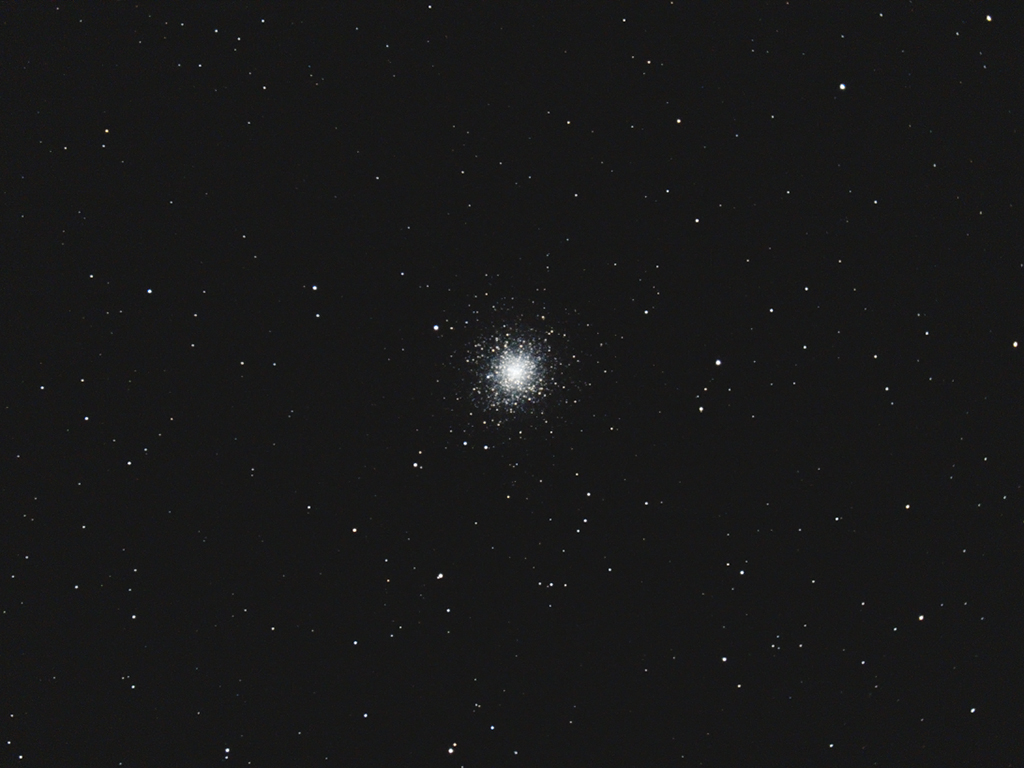
M2 – Globular Cluster in Aquarius
Telescope: 8” LX80 @ f/6.3, LX90 mount, altaz mode
Camera: Stock Canon 600D, interval timer
Filter: GSO IR Blocking Filter
Guide scope: None
Exposure: 24x10sec, ISO 1600, saved as RAW
Darks: Internal (Long Exposure Noise Reduction On)
Flats: 32×1/20sec, Tee shirt flats taken at dusk
Average Light Pollution: Red zone, Bortle 8, fair transparency
Lensed Sky Quality Meter: 18.5
Stacking: Mean with a 1-sigma clip.
White Balance: Nebulosity Automatic
Software: Deep Sky Stacker, Nebulosity, Photoshop
M2 is a big, beautiful globular cluster that is well placed in the eastern sky in late summer and early fall. It is an easy target for a small telescope. Under dark skies it can even be glimpsed without a telescope or even binoculars. M2 is about 37,500 light years away and lies beyond the galactic center. Like most globular clusters M2 is an ancient relic of the early universe with an estimated age of about 13 billion years.
This is part of a series of images that I will be taking to explore deepsky imaging using fairly basic equipment and techniques.
M2 is currently well placed in the east as the sky darkens.
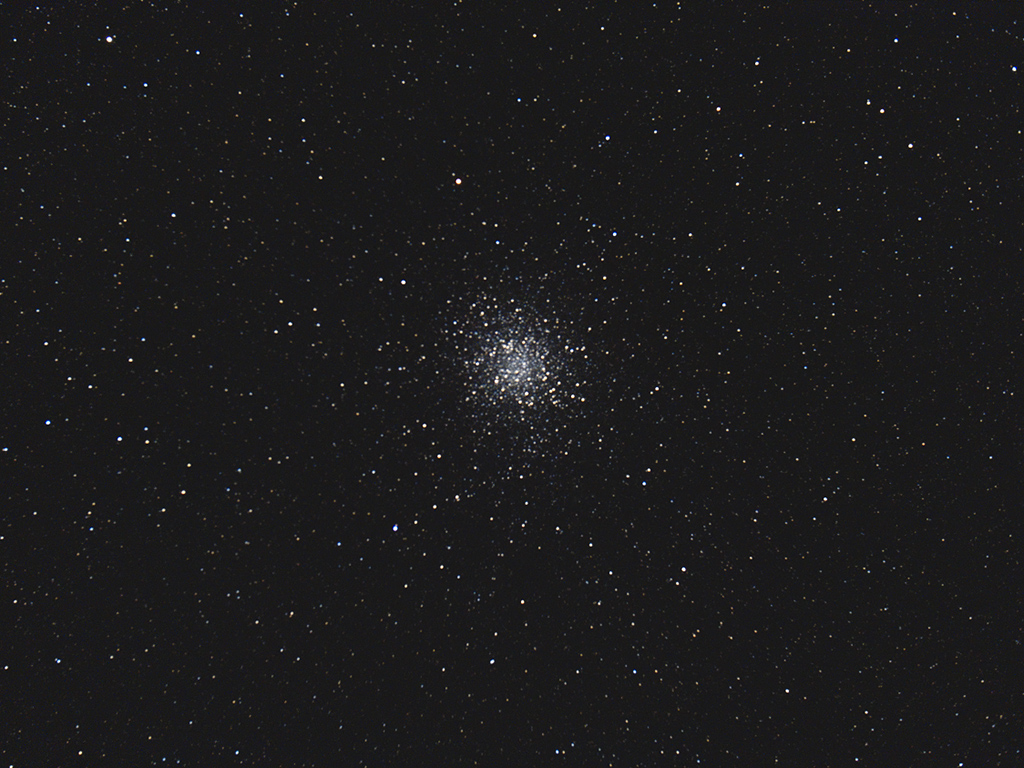

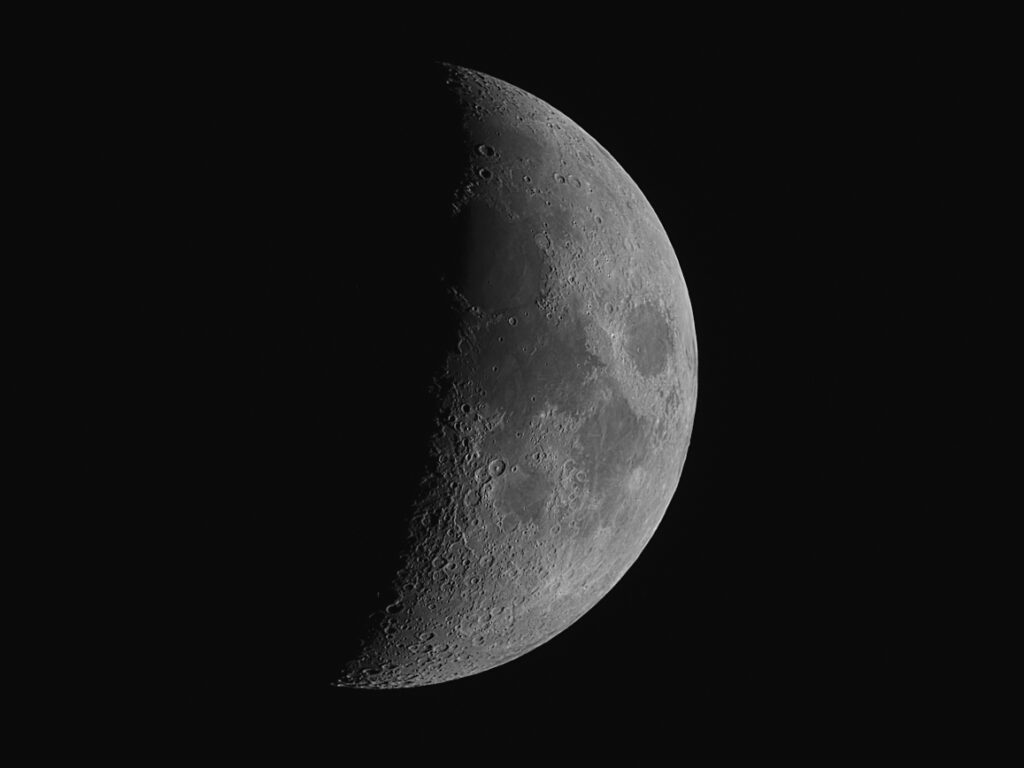
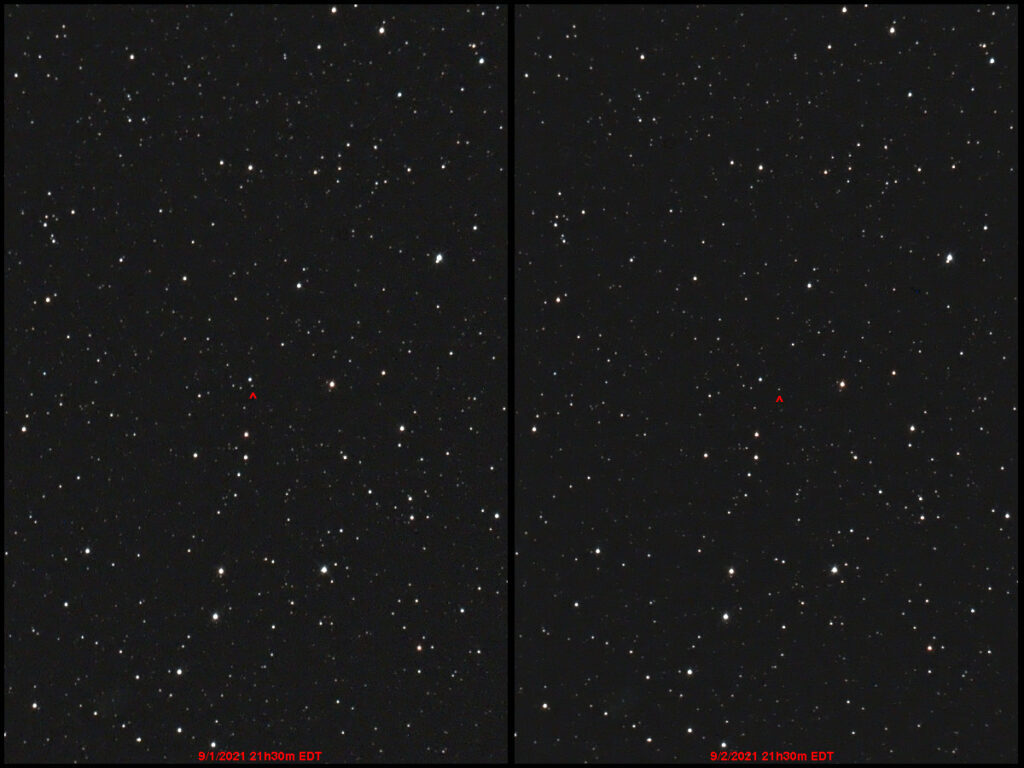
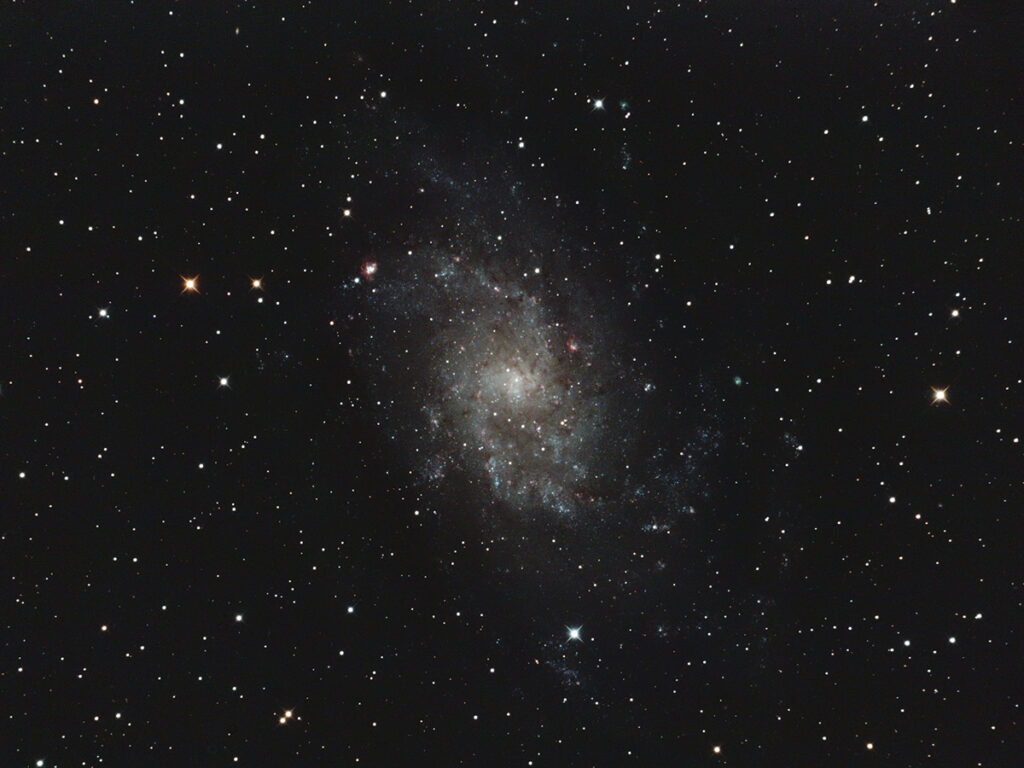
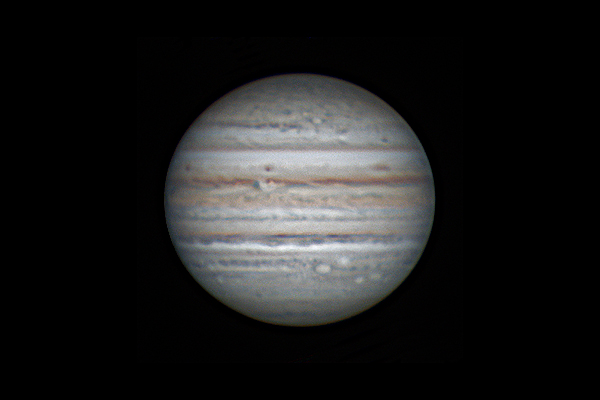
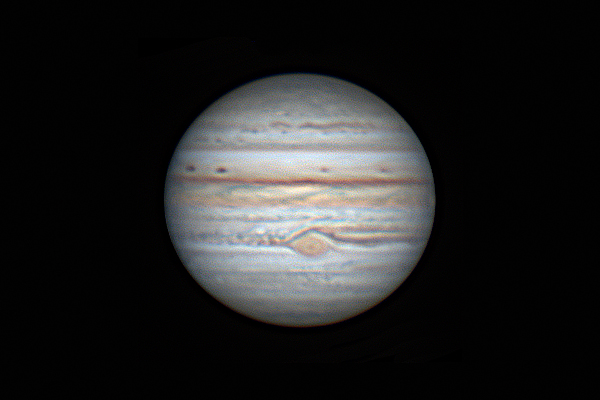
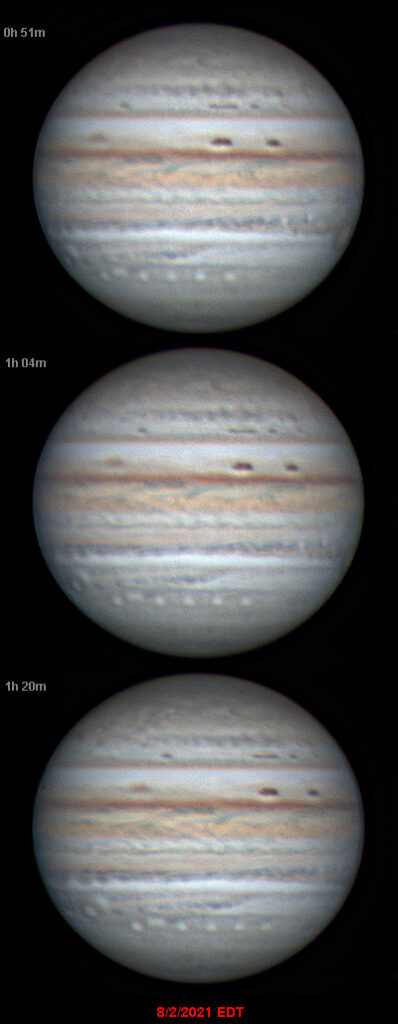
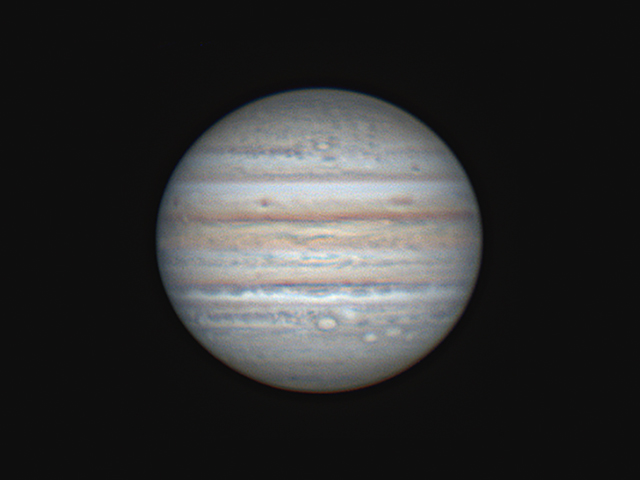
Recent Comments